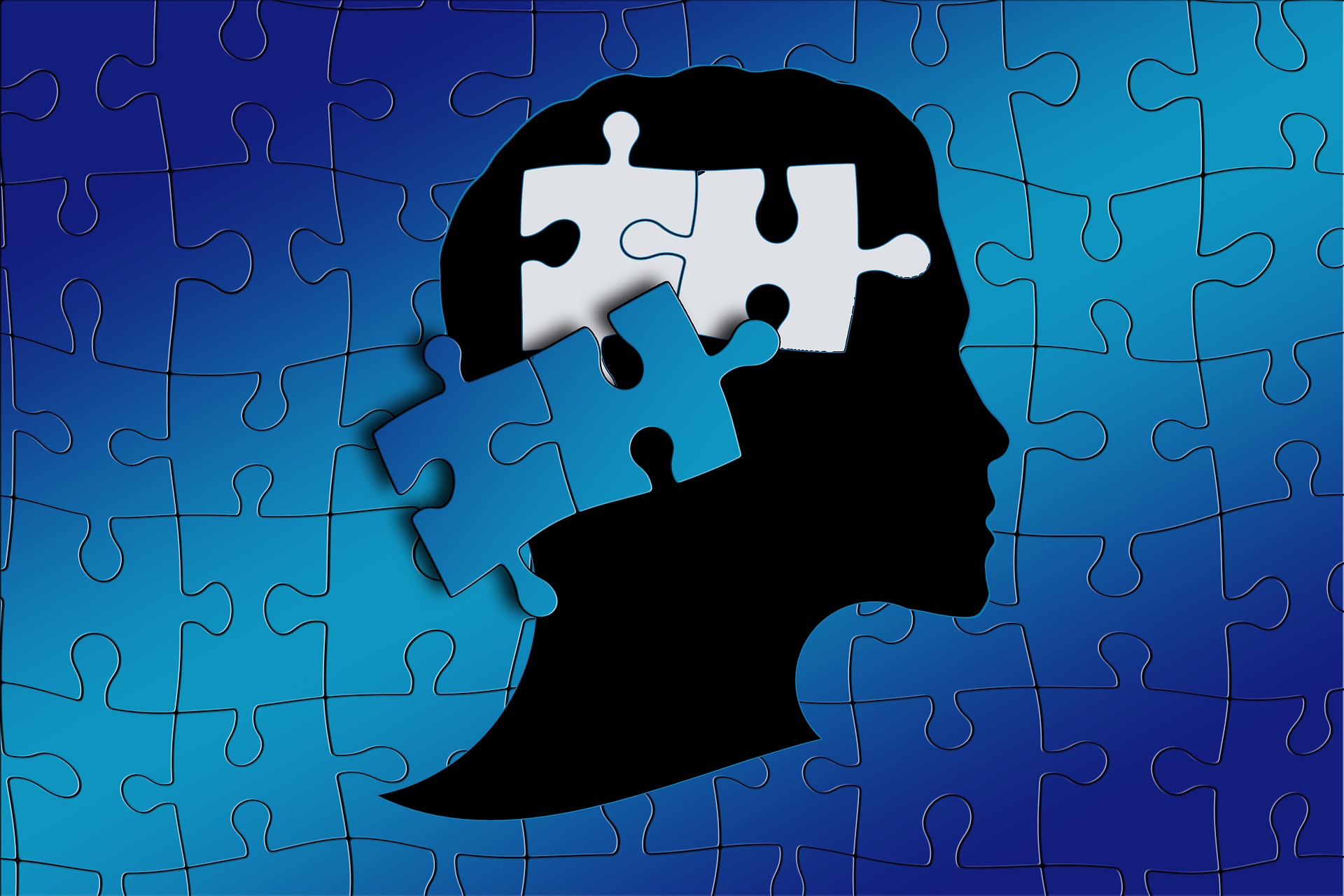
Autism, or Autism Spectrum Disorder (ASD), is a complex neurodevelopmental condition that affects millions of people worldwide. It is important to recognise that autism is a spectrum, meaning individuals with autism exhibit a wide range of characteristics and abilities. Understanding autism is essential for building an inclusive and compassionate society that respects neurodiversity.
Defining Autism and the Spectrum
Autism is a lifelong condition that affects the way a person communicates, processes information, and interacts with others. The spectrum encompasses a diverse range of strengths and challenges. Some individuals may have exceptional skills in areas like mathematics or art, while facing difficulties with social interaction and communication.
Example: Meet Sarah, a 10-year-old girl with autism. She struggles to maintain eye contact and prefers to play alone during recess. However, she possesses an extraordinary talent for drawing, creating intricate and vivid art pieces.
Communication Differences
Communication is a fundamental aspect of human interaction, and individuals with autism often experience difficulties in this area. They might have trouble understanding sarcasm, figurative language, or implied meanings. Some individuals may be nonverbal and rely on alternative communication methods, such as sign language or augmentative and alternative communication (AAC) devices.
Example: John, a teenager with autism, finds it challenging to engage in small talk. He prefers straightforward and concrete conversations. Metaphors and idioms confuse him, leading to misunderstandings in social situations.
Sensory Sensitivities
Autistic individuals may have heightened or reduced sensitivity to sensory stimuli, such as light, sound, touch, taste, and smell. Some environments that may seem normal to others can be overwhelming or distressing for those with autism.
Example: Emily, a young woman with autism, is highly sensitive to loud noises. The sound of a vacuum cleaner can cause her extreme distress, leading her to wear noise-cancelling headphones to manage her sensory experience.
Special Interests and Repetitive Behaviours
Autistic individuals often develop intense interests in specific topics or activities. These “special interests” can be a source of joy and expertise. They may also engage in repetitive behaviours, which serve as a coping mechanism and provide a sense of predictability.
Example: Alex, a 12-year-old boy with autism, is deeply fascinated by trains. He has memorised the timetables of numerous train routes and can identify different locomotives from a distance. Watching trains and discussing their features brings him immense happiness.
Social Challenges and Empathy
Social interactions can be intricate for people with autism. They may struggle to interpret nonverbal cues, like facial expressions and body language, making it challenging to understand the feelings and emotions of others. However, empathy can exist in unique ways.
Example: Emma, a teenager with autism, has difficulty reading her classmates’ emotions. Nevertheless, she demonstrates her empathy by offering practical help and support to her friends when they face difficulties.
Executive Functioning
Executive functioning refers to a set of mental skills that help individuals plan, organise, and complete tasks. Those with autism may encounter difficulties in these areas, affecting their daily routines and time management.
Example: Michael, a young adult with autism, finds it challenging to plan his day effectively. He relies on visual schedules and reminders on his phone to stay on track with his daily activities and appointments.
Embracing Neurodiversity
Understanding autism involves acknowledging and appreciating neurodiversity—the idea that all brains function differently, and this diversity should be celebrated. Embracing neurodiversity encourages a more inclusive society that accommodates the needs and strengths of all individuals.
Example: In a classroom that embraces neurodiversity, teachers encourage different learning styles and provide alternative means of communication and participation. This enables students with autism to thrive alongside their neurotypical peers.
Conclusion
Understanding autism is a crucial step toward building a more inclusive and compassionate world. By recognising the diverse characteristics and abilities of individuals on the autism spectrum, we can create environments that cater to their unique needs and strengths. Embrace neurodiversity, and let us work together to ensure that everyone feels accepted and valued for who they are.
